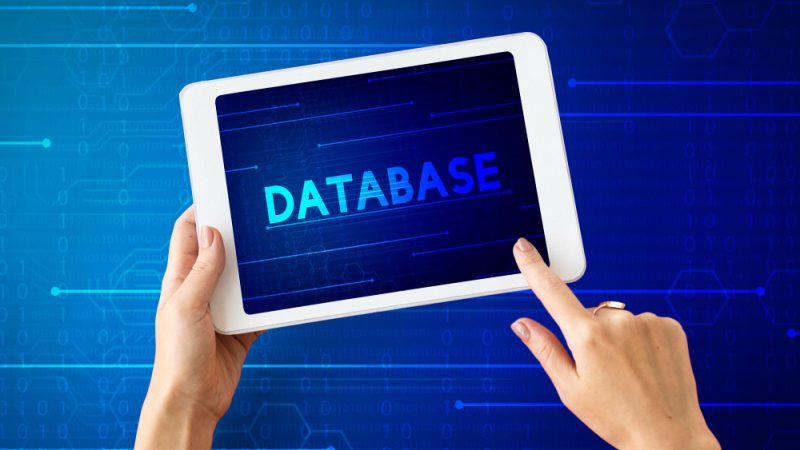Migrating To A New Security Guard & Patrol Software? Here’s How To Overcome The Challenges

It’s been years since you have been using the same software for your security operations. You have perfected yourself using it. You know where the reports are generated. You know where to change the notification settings. You are well-versed with every feature of the software program, and now you need to switch to a different one. But why? There could be several reasons why your organization is migrating to a new security guard software.
- The existing software doesn’t meet the needs of your expanding organization.
- The software does not comply with the latest security standards set by concerned authorities.
- The software no longer receive updates and hamper your security operations
- The software is not compatible with the new hardware (CCTV cameras, alarms, sensors) your organization has installed.
There could be other reasons for switching to an improved software program, but migrating to the new software at an organizational level is always challenging. But, we can all agree nothing comes on a silver plate, and a little hard work for a better security system always proves fruitful.
So, What Makes the Migration Challenging?
Well, the first thing is the employees get habitual of using the old software program. They feel more comfortable working with the old program as they know all the keys and commands to process a request. They know which button does what. Migrating to the new program means training the staff!
However, now companies like THERMS develop smart, efficient, and modern software programs that are user-friendly. These software programs do not require rocket science to use them. Just a simple walk-through, and you will feel that the new software is easier to use than the existing one. It saves you time and helps you become more efficient and productive in the job.
A great way to start is to select a few of your skilled supervisors who understand their job to the core and let them use the software for trial. Once they feel comfortable and confident, you can ask them to train field workers. In this way, you save the training cost, encourage team interaction, and get started with the new software.
Moreover, companies also have tutorials on their website, which managers can watch to understand the working of new software programs.
But, What About The Data?
Yes, for many supervisors and facility managers, the cause of concern is data. Where will the data go? How will I migrate the stored data? Well, modern software programs come with cloud-based technology that makes data migration simple. If your new software supports the technology, then you can easily transfer the data.
Simply log in to your account and upload the data to cloud storage. Now once you have installed the software, log in with the same account and import the data from the cloud to external storage to be used by your software. There is no hassle of copying or pasting the data manually. It will get automatically fetched.
Okay, But What Else Can We Expect From New Software?
Well, depending on your requirements and the company you choose, the features of a security guard software may differ. But some common features are mobile and web support. Modern software programs can be accessed on mobile devices, which makes the security operations quick. As soon as the software notices some suspicious activity, it sends alerts on mobile, and you can call directly, resulting in prompt response time. BOLO alerts, automatic reporting and records management are some other features.
Takeaway
Switching to a new program might feel uncomfortable, but as you get familiar, you will notice that it’s a more efficient, transparent, and innovative security operation solution.






